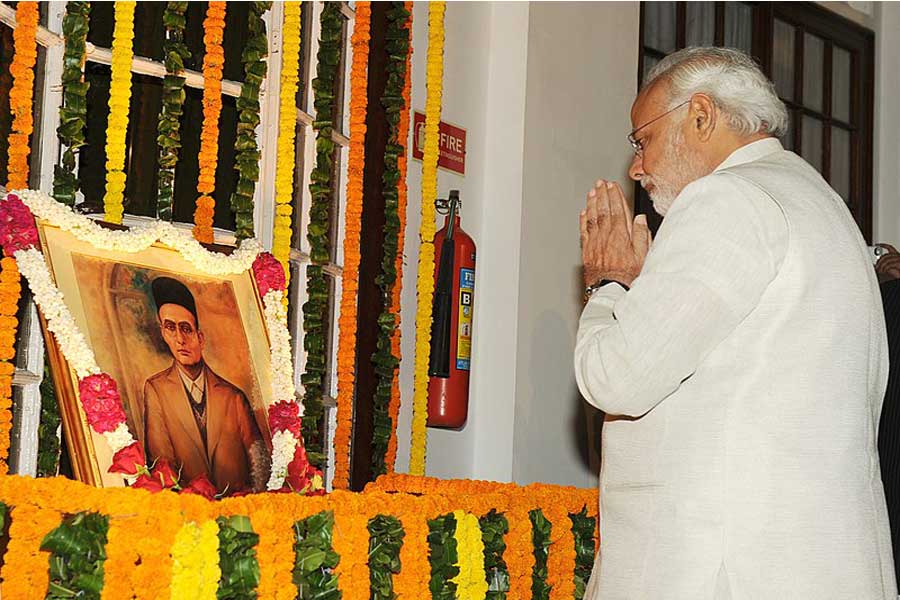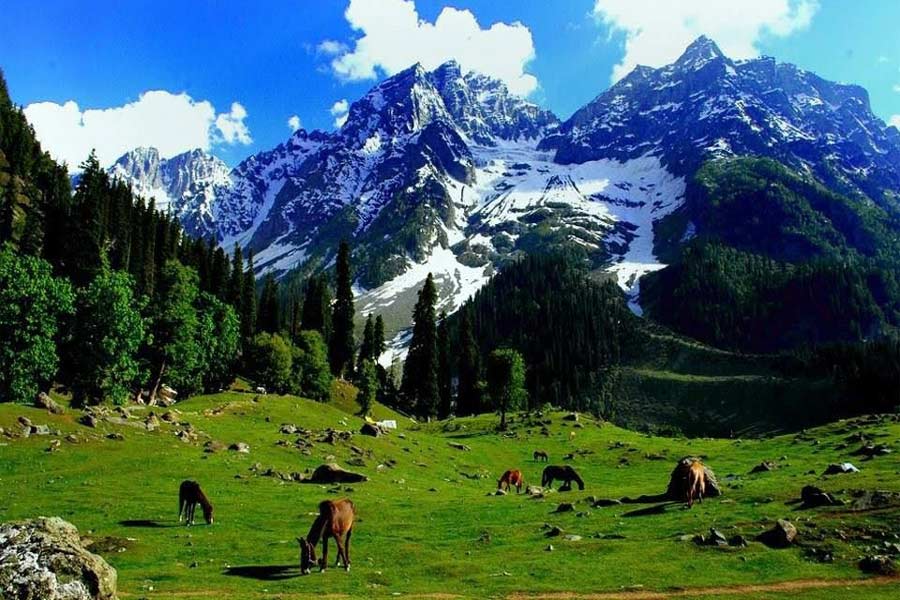
The triumph of Narendra Modi in the 2019 general elections has been marked by an even louder chorus by those who see liberals as their primary foe. There is apparently this large tent of people called ‘liberals’, but one is yet to settle on a single definition that captures all the faces that I see around me here. In fact, it wouldn’t matter if I am a liberal or left-of-centre—my opposition to Modi and his coterie would automatically brand me as one. But then, that is by no means an apt definition.
The opposition to Modi is not made up solely of liberals. But who wants nuance when we are being ushered into “Modi Rajya” (Modi’s India), which seems to be gaining currency over even the recent epithet “New India” which was coined by Modi himself. An India where a single mass leader projects strength is what the voters want, apparently.
Whether this triumphalism reveals a deep inferiority complex, no one quite knows. But what is easily visible is the opportunism of the victors who are busy deriding liberals for reading India wrong. They have also been joyously accusing liberals of deriding the average Indian voter, if such a thing exists. 22.7 Crore people who voted for Modi cannot be wrong, they say. Voter, like the consumer, is the king; the voters’ choice is indisputable.
But one needs to ask two separate, but related, questions:
(1) What did the voters vote for? And (2) what does Modi stand for?
While it is impossible to answer the first question with a single prominent factor at this time, we can identify the combination of factors which could have had a bearing on how India voted. The Bharatiya Janata Party (BJP) ran with a full coffer of party funds, of an order of magnitude higher than any competitor. The fervour of national security fired up by Modi himself, by capturing credit for the valour of the armed forces, no doubt is an important factor in large parts of India. The BJP also ran a nakedly-communal campaign. Their single-minded effort to capture institutions across the spectrum meant that democratic checks and balances were steadily eroded.
Several studies have shown that voters rarely vote to reward development. The data on the depressed state of the economy and employment are indisputable. Those citing the impact of gas cylinders and toilets on voting decisions are inadvertently giving too much credit to the jholawalas who have advocated that the government stay on a path of implementing effective pro-poor welfare policies.
Overall then, it is difficult to draw a single narrative of what voters might have voted for. I strongly suspect that ‘development’ was not a significant factor—if it actually were, Modi’s blunders with the economy would alone have been enough to defeat him. It is evident from the BJP’s own election campaign that they themselves did not believe that to be the case.
The answer to the second question however does stare us in the face, and it goes a long way towards answering the first question too. What Modi stands for is to be understood from Narendra Modi’s personal track record of divisive Hindutva politics, from his penchant for trampling over institutions to his brazen invocation of the armed forces for short-term political benefit. At the same time, the propaganda around Modi also projects him as a strong, decisive leader, and the Opposition as a divided house made up of power-hungry individuals. Modi is also projected as a self-made leader who is beyond caste alignments.
Indeed, these were the messages that Modi sent out to voters, carefully crafted and communicated through expensive promotional material. This also tells us what voters might have responded to. It obviously remains an incontrovertible fact that irrespective of whether people voted for a strong leader, or against a divided opposition, or just for Hindutva, their choice is the final voice amidst the cacophony of voices in 2019.
It therefore does not matter where the liberals stand at the end of these fractious elections. What really matters is how the new government reads its mandate. The early signs are not encouraging. Neither has the role of the media been reassuring, seeing as how they are taken in by the Prime Minister’s rhetoric, seemingly willing to forget his communally polarising campaign. These are troubling signs, and it is not just the liberals who should watch out.






